
Type 2 diabetes is a common condition affecting many people around the world. Unlike insulin-dependent diabetes (type 1 diabetes) type 2 diabetes patients do not require insulin, because they generally have sufficient amount of this hormone. The main problem in their case is, however, resistance of body cells to the available insulin which makes it hard for the hormone to fulfill its duties i.e. transfer glucose into all the body cells.
This is a very serious condition which can eventually develop into type 1 diabetes. It carries risk of many different complications like coronary artery disease, peripheral artery disease and carotid artery disease. Furthermore, there is chance for one to end up with the specific, microvascular complications affecting the kidneys, eyes and nerves throughout the body. Due to all the mentioned diabetes mellitus type 2 requires proper approach and specific treatment along with many changes one needs to make in his/her life, especially when it comes to diet.
Type 2 Diabetes Management Guidelines
In order to get familiar with their disease and ways to deal with it as well as to be able to maintain optimal level of sugar in blood, patients are due to be educated in the first place. Apart from knowing better their illness, patients are also allowed to make decisions about their care and treatment and need to be strongly connected with their health care providers. So good communication between a patient and his/her health care provider is a must!
Information patients receive must be understood, and available even to people with physical, sensory or learning disabilities. Finally, if patients agree, their family may be involved in the treatment and be fully informed about the condition they are suffering from.
Guidelines regarding Patient Education
As already mentioned each and every patient has a right to be educated about the disease he/she is suffering from which also refers to type 2 diabetes. Education is an integral part of the treatment and key factor in maintaining optimal levels of glucose in the blood. Educators must be well informed and trained as well in order to be capable of answering every question related to the disease, complications, treatment and inevitable lifestyle changes. Group education programs have proven to be very efficient. The program is also supposed to be adjusted to meet the cultural, linguistic, cognitive as well as literacy needs of all patients.
Lifestyle Management of Type 2 Diabetes
Each and every patient suffering from type 2 diabetes must be provided with currently adjusted nutritional advice by experienced health care professionals with specific expertise and competence in the field of nutrition. Special attention is taken when it comes to sensitivity of the patient's needs, culture and beliefs, since many patients due to their culture and religion simply do not consume specific types of foods.
Doctors insist on healthy, balanced meals along with high-fiber and low-glycemic-index sources of carbohydrate in the diet. Patients may indulge in fruits, vegetables, wholegrain and pulses. Low-fat dairy products and oily fish are recommended as well while foods containing saturated and trans fatty acids are supposed to limited, if not completely eliminated from one's diet.
The diet should provide with all the essential nutrients and also allow obese patients to lose weight in order to achieve optimal level of glucose in the blood. This is why apart from dietary changes patents need to engage in regular physical activity, the one most appropriate to their age, weight and general health. Once again, doctors are here to help patients choose the most convenient physical activity which needs to be incorporated into their every day routine.
Individuals suffering from type 2 diabetes also require support because they face illness that cannot be cured but with suitable treatment can be successfully brought under control.
Diabetes Relevant Data
According to statistical data in the United States there are 18.8 million people dealing with diabetes. Around 7 million individuals are suffering from this condition but are still not diagnosed with diabetes. As for younger patients, 215,000 people younger than 20 were diagnosed with type 1 or 2 diabetes in 2010. In the same year the disease affected approximately 10.9 million people who are 65 years old or older individuals. As for pre-diabetic patients 20 years of age and older, these accounted for 79 million people in the same year. Taken all the mention into consideration it is clear why so many people develop certain illnesses which are actually complications of diabetes mellitus. The condition is closely associated with kidney failure, nontraumatic lower-limb amputations, new cases of blindness, heart disease and stroke.
Men seem to be more affected than women and the condition is also reported more among non-Hispanic whites than in non- Hispanic blacks.
Finally, the disease is quite costly. According to data from 2007, direct medical costs connected with diabetes were $116 billion in the United States while indirect costs were around $58 billion (the costs related to disability, work loss and similar mortality issues). All in all, medical expenses for patients suffering from diabetes are actually two times higher compared to healthy individuals.





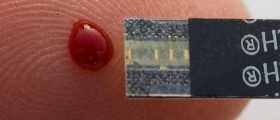

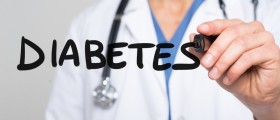



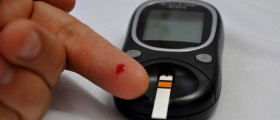
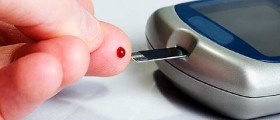


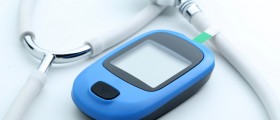

Your thoughts on this
Loading...